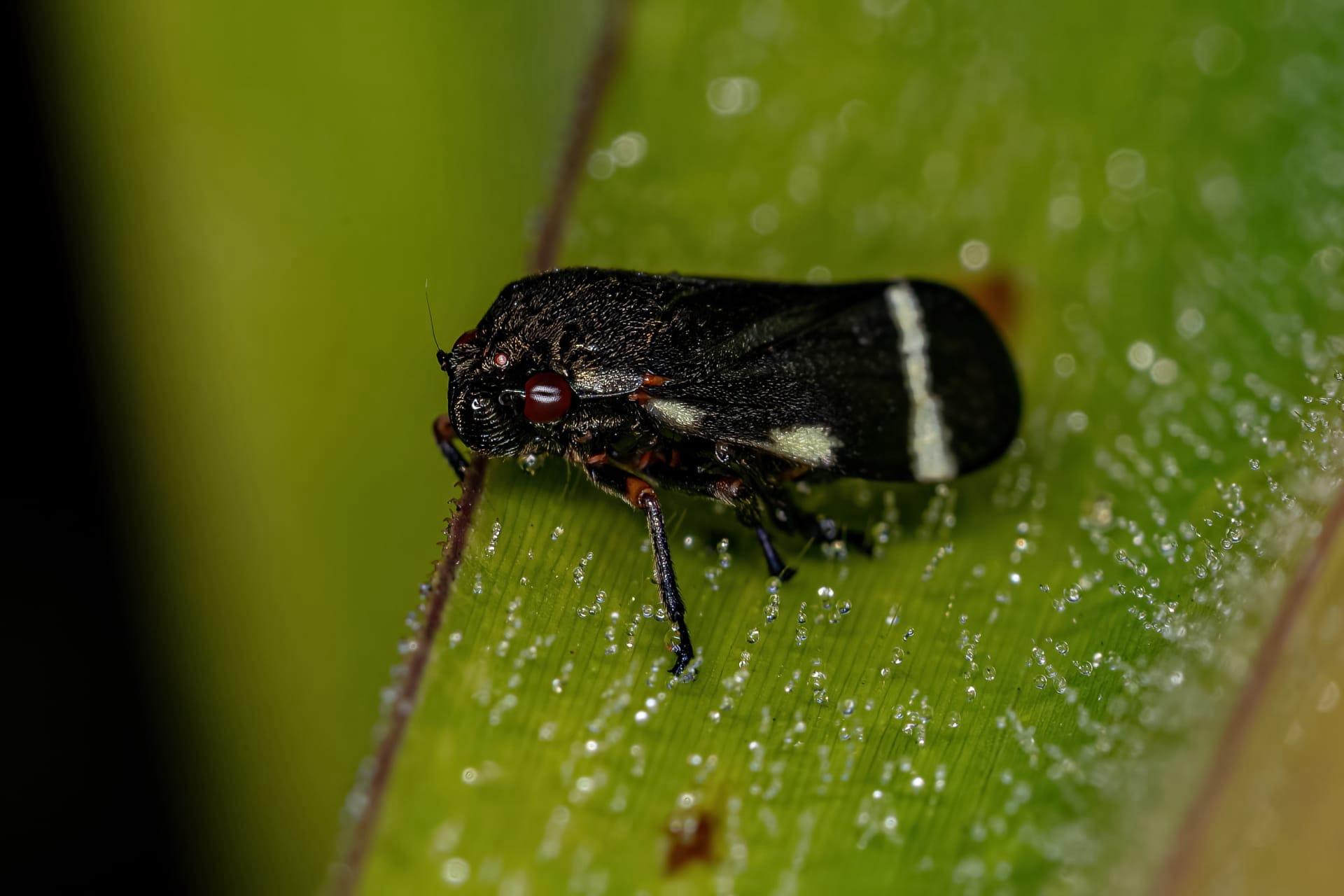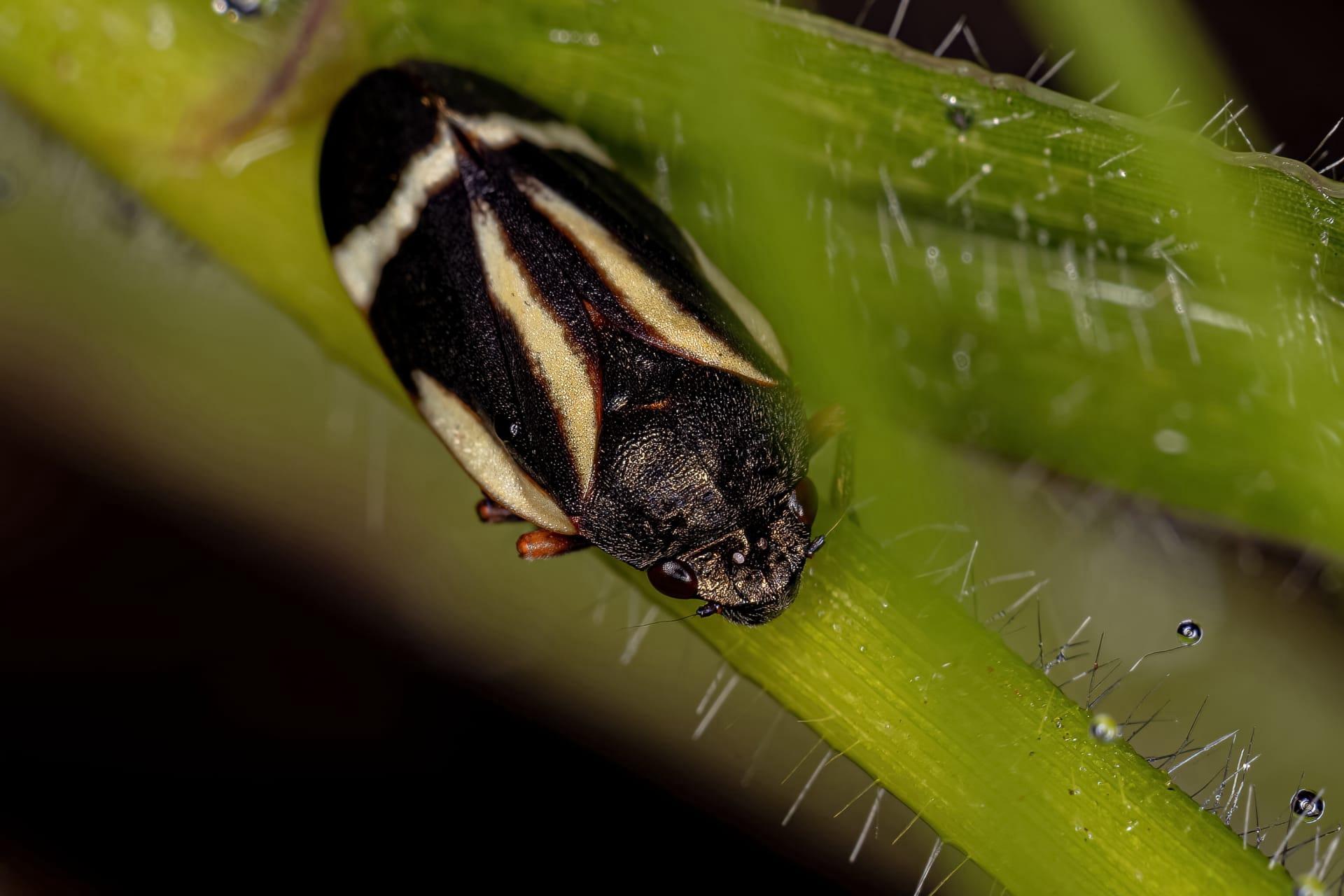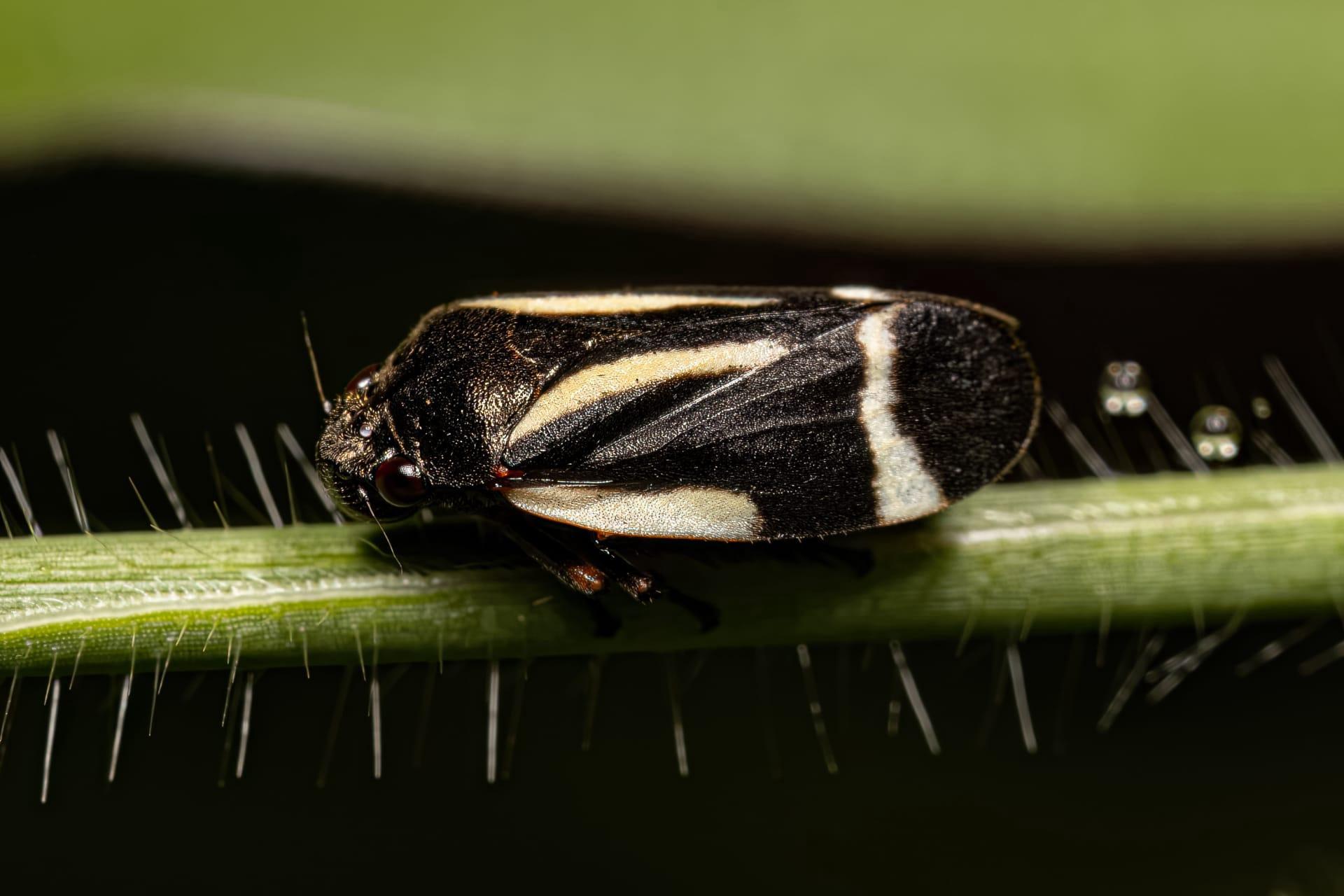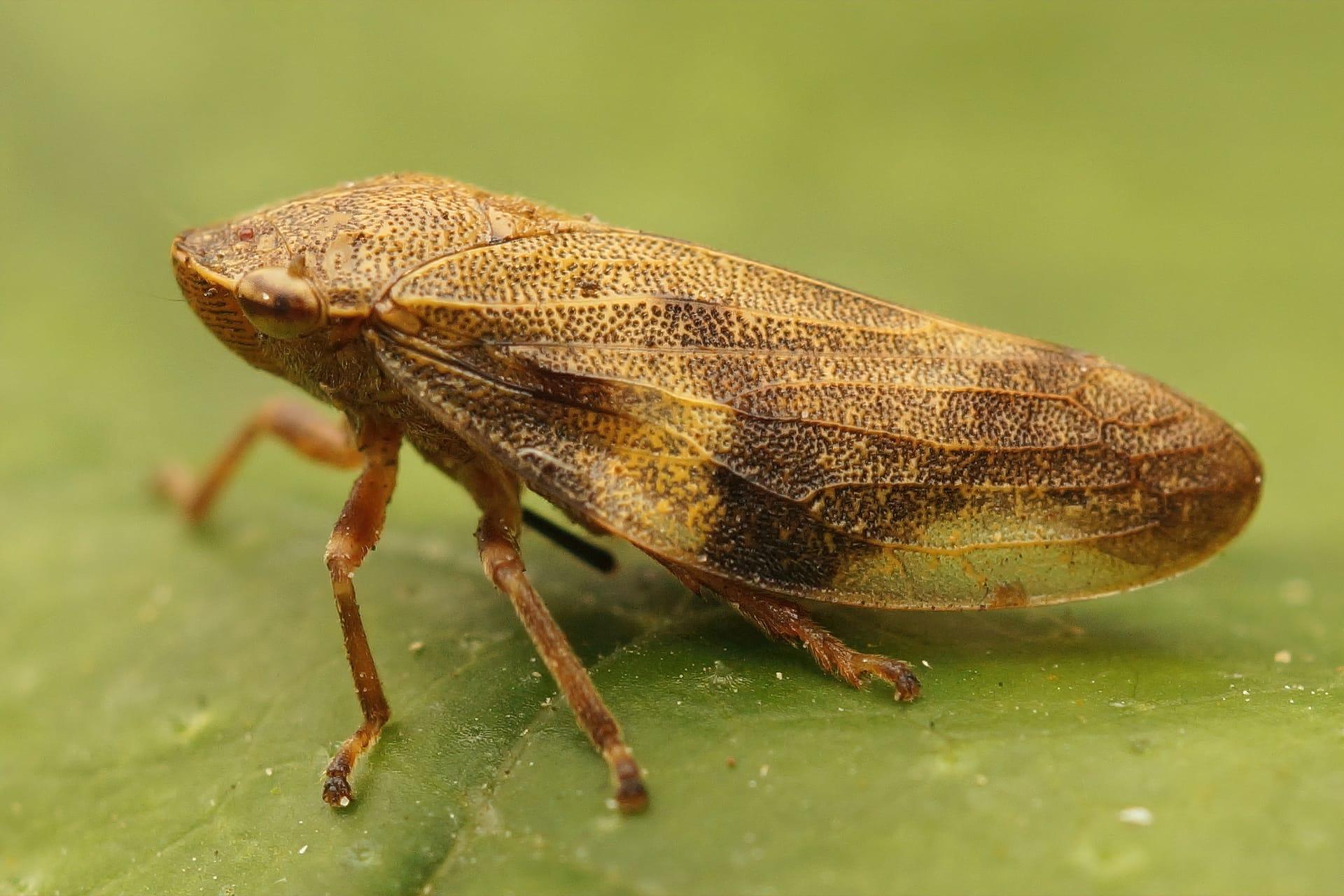Spittlebug
- Home /
- Mini Encyclopedia /
- Animal /
- Spittlebug
1
Spittlebugs, intriguing little insects, belong to the family Cercopidae within the order Hemiptera. This family encompasses over 2300 species. They're known for their unique nymph stage, often mistaken for a glob of spit on a plant. The most common genus is Philaenus, with the Philaenus spumarius being a notable species.
Spittlebugs have a global footprint, thriving in diverse habitats. They're particularly abundant in temperate regions but also found in tropical areas. Europe, North America, and Asia boast a significant number of species. Philaenus spumarius, for instance, is widespread across Europe and North America, making it one of the most geographically successful spittlebug species.

2
Question: Do spittlebugs spit to create the foam they're famous for?
Answer: Contrary to popular belief, the foam is not spit. It's actually a protective froth, a mix of secreted fluids and air bubbles, produced by the nymphs. This froth serves as a shelter, keeping them hidden from predators, insulated from temperature extremes, and hydrated. It's a remarkable adaptation for survival, showcasing the spittlebug's resourcefulness.

3
Spittlebugs have a fascinating survival strategy. The nymphs feed on plant sap, a diet rich in water but low in nutrients. To compensate, they consume large volumes, leading to excess fluid. This excess is then expelled and whipped into the protective froth. The foam provides a haven from predators and environmental threats.
Another survival tactic is their cryptic coloration. Adult spittlebugs blend seamlessly into their environment. This camouflage, combined with their quick jumping ability, makes them elusive to predators. It's a simple yet effective strategy, illustrating the spittlebug's evolutionary ingenuity.

4
In the ecosystem, spittlebugs play a dual role. While often seen as pests due to their sap-feeding habits, which can weaken plants, they are also important in the food chain. Birds, spiders, and other insects prey on them, making them a vital food source.
Moreover, their sap-feeding can sometimes help in controlling the vigor of certain fast-growing plants, indirectly aiding in maintaining ecological balance. This highlights the spittlebug's complex relationship with its environment, where it both takes from and contributes to the ecological dynamics.

5
Film: "The Secret World of Spittlebugs" is a British documentary released in 2018. It delves into the life cycle of spittlebugs, highlighting their unique foam homes and survival strategies. The film takes viewers on a journey through various habitats, showcasing the insect's adaptability.
Book: "Spittlebugs of the World" is an American publication from 2020 by entomologist Dr. James H. Martin. It offers a comprehensive guide to spittlebug species worldwide, detailing their biology, behavior, and ecological significance.
Book: "Insect Lives: Stories of Mystery and Romance from a Hidden World" includes a chapter on spittlebugs. Released in 2019 in the UK by author Sarah Zimmerman, it narrates the intriguing aspects of various insects' lives, with a focus on the marvels of spittlebugs' foam creation and survival.